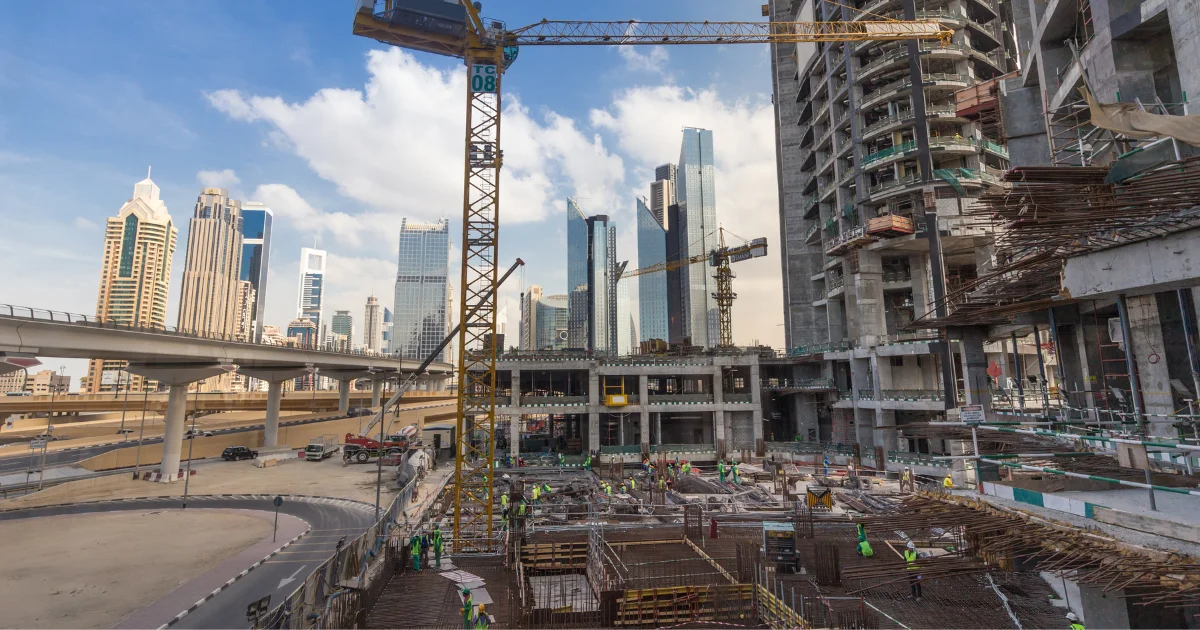Designing roads and infrastructure in Canada is a complex and multifaceted process that is crucial for the country’s growth and connectivity. With a vast and diverse landscape spanning coast to coast, and everything in between, the infrastructure plays a pivotal role in ensuring the efficient movement of people and goods. In this article, we delve into the intricacies of designing roads and infrastructure in Canada, exploring the challenges, innovations, and considerations that shape this vital aspect of the nation’s development.
Geography Matters
Canada’s geographical diversity is both a blessing and a challenge when it comes to infrastructure design. From the rugged terrain of the Rocky Mountains to the expanses of the prairies and the tundra in the North, each region presents unique challenges. Road and infrastructure designers must carefully account for these natural features and adapt designs to minimize environmental impact while maximizing functionality.
Weathering the Elements
The Great White North is renowned for its harsh winters, where snow and ice can wreak havoc on roads and infrastructure. Designing for Canada means creating structures that can withstand extreme weather conditions. This includes using materials that can endure freezing temperatures, developing effective snow removal and de-icing strategies, and designing drainage systems to prevent damage from freezing and thawing cycles.
Multi-Modal Integration
Canada’s urban centers are increasingly adopting multi-modal transportation systems that integrate road networks with public transit, pedestrian paths, and cycling infrastructure. Road designers are now tasked with creating spaces that accommodate not just vehicles but also buses, trams, cyclists, and pedestrians. This holistic approach to urban planning enhances connectivity and reduces traffic congestion.
Sustainable Solutions
Environmental sustainability is at the forefront of infrastructure design in Canada. From the use of recycled materials to adopting eco-friendly construction practices, road designers prioritize sustainability. Additionally, innovative solutions such as green roofs, permeable pavement, and wildlife crossings are being incorporated to minimize the impact of infrastructure on the environment.
Indigenous Collaboration
The importance of respecting Indigenous lands and communities is paramount in infrastructure design. Collaboration with Indigenous peoples to incorporate traditional knowledge, preserve cultural heritage, and establish mutually beneficial projects is a growing trend. This approach promotes social responsibility and sustainable development.
Technological Advancements
Modern infrastructure design in Canada is heavily influenced by technology. Engineers use cutting-edge tools such as Geographic Information Systems (GIS) for data analysis, Building Information Modeling (BIM) for three-dimensional designs, and intelligent transportation systems to enhance road safety and efficiency.
Long-Term Resilience
Designing roads and infrastructure in Canada isn’t just about addressing immediate needs; it’s about planning for the long term. This includes accounting for population growth, evolving transportation technology, and the impacts of climate change on infrastructure. Forward-thinking design ensures that Canada’s roads and infrastructure will remain robust and efficient for generations to come.
Funding and Resource Allocation
The complexities of infrastructure design necessitate substantial funding and resource allocation. Canadian governments, at various levels, play a significant role in planning and financing major infrastructure projects. Leveraging public and private partnerships is also common for ensuring the completion of large-scale initiatives.
Designing roads and infrastructure in Canada is a multifaceted task that requires a careful balancing act between environmental conservation, technological advancement, and the need for efficiency and connectivity. With each project, engineers and planners must consider the unique challenges posed by Canada’s diverse geography and climate while striving to make sustainable, forward-thinking choices. The result is a network of roads and infrastructure that promotes progress, economic growth, and connectivity, all while preserving the natural beauty and cultural heritage of this great nation.
